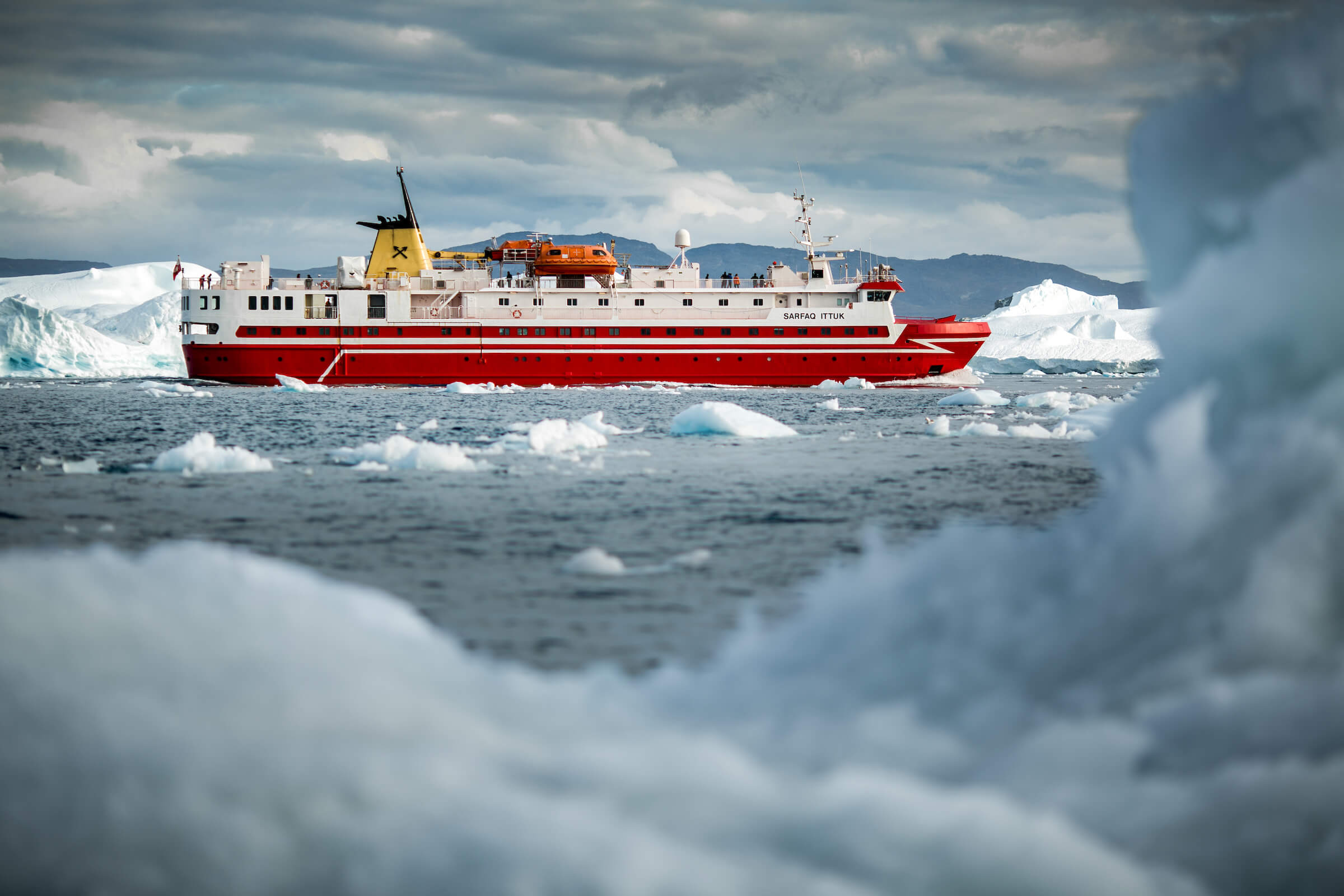
Arctic Tensions Flare As Trump Jr.'s Greenland Visit Spurs Royal Coat Of Arms Alteration
A Diplomatic Rift
The recent visit of Donald Trump Jr. to Greenland has reignited tensions between the United States and Denmark, prompting Denmark to alter its royal coat of arms in response.
The visit was intended to promote business opportunities and discuss climate change, but it was overshadowed by Trump Jr.'s comments suggesting that the United States might be interested in purchasing Greenland.
Denmark's Prime Minister Mette Frederiksen quickly rejected the suggestion, saying that Greenland is "not for sale." The Danish government also announced that it would be changing the royal coat of arms to remove the American bald eagle, which had been added in 1953 to symbolize the close ties between the two countries.
Historical Context
The Arctic has long been a source of tension between nations. The region is rich in natural resources, including oil, gas, and minerals, and it is also a key shipping route. In recent years, climate change has made the Arctic more accessible, which has led to increased competition for resources and influence.
The United States and Denmark have a long history of cooperation in the Arctic. In 1951, the two countries signed a treaty that established a joint defense zone in Greenland. However, in recent years, relations between the two countries have become strained over issues such as climate change and Trump Jr.'s visit.
Different Perspectives
The Danish government's decision to change the royal coat of arms has been met with mixed reactions. Some people believe that it is a necessary measure to protect Denmark's sovereignty, while others believe that it is an overreaction.
Those who support the change argue that it is a symbolic gesture that sends a clear message to the United States that Greenland is not for sale. They also argue that the change is necessary to protect Denmark's neutrality in the Arctic.
Those who oppose the change argue that it is an unnecessary escalation of tensions between the United States and Denmark. They also argue that the change will not actually make Greenland any less desirable to potential buyers.
Conclusion
The Arctic is a region of increasing strategic importance, and tensions between nations are likely to continue to rise as the region becomes more accessible. The Danish government's decision to change the royal coat of arms is a symbolic gesture that reflects the changing dynamics of the Arctic.
It remains to be seen whether the change will have any real impact on the United States' interest in Greenland. However, it is clear that the Arctic is a region that is becoming increasingly important, and that tensions between nations are likely to continue to rise.
Post a Comment